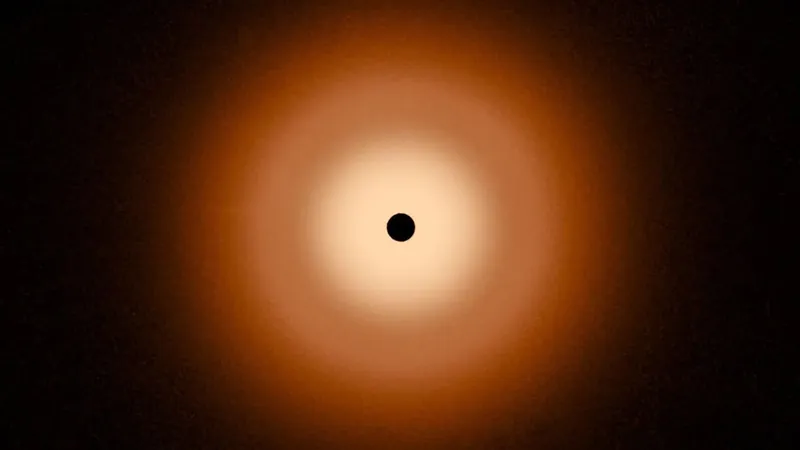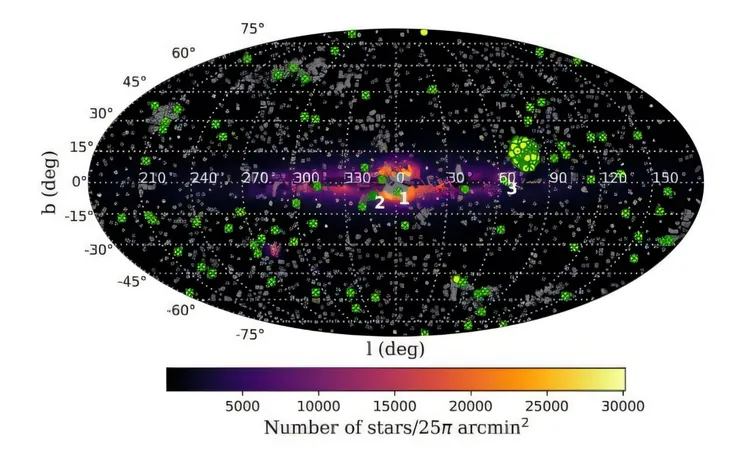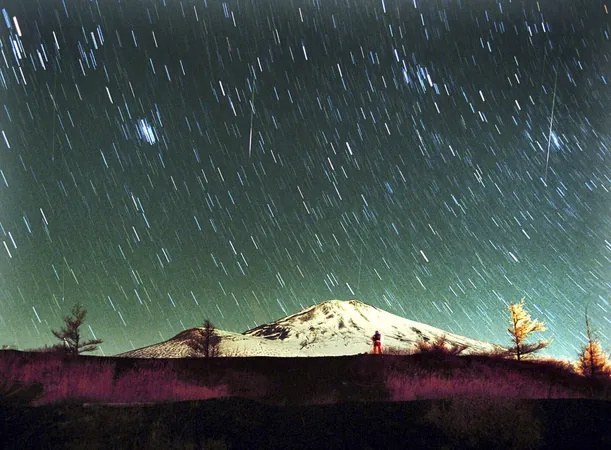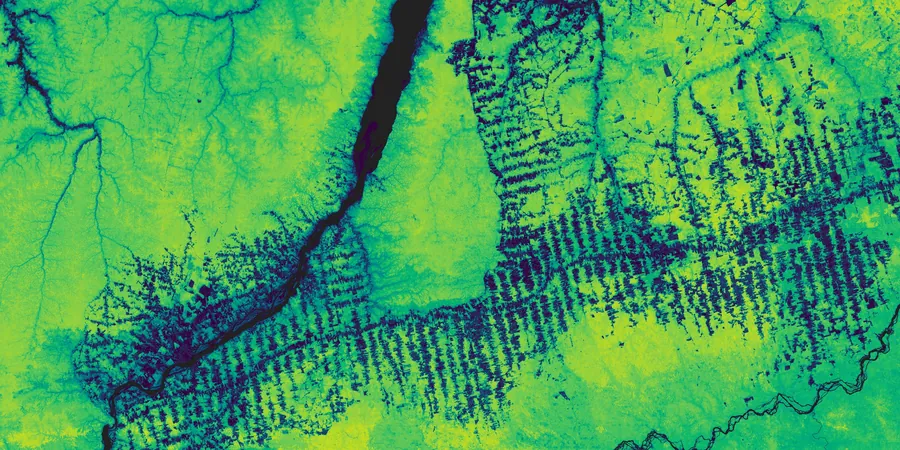
Mystery Unraveled: James Webb Telescope Captures Unusual 'Pancake' Disk Around Star Vega – What Does It Mean for Planet Formation?
2024-11-06
Author: Emily
In a groundbreaking discovery, the James Webb Space Telescope (JWST) has revealed a strange, almost flawless, pancake-like disk of cosmic debris surrounding the nearby star Vega. This smooth disk challenges existing theories about the formation of exoplanets, as it suggests that no such planets have materialized around the star, leaving scientists puzzled.
Introduction to Vega
Vega, located about 25 light-years from Earth, is a stunning blue star with approximately double the mass of our Sun. Its brightness makes it the fifth-brightest star visible to the naked eye from our planet, and it's easily recognizable as part of the prominent Summer Triangle constellation. Interestingly, Vega has also captured imaginations in popular culture, famously featured in the 1997 film 'Contact' based on the novel by Carl Sagan.
Observations and Disk Characteristics
Astronomers have been observing an expansive circumstellar disk surrounding Vega that stretches roughly 100 billion miles in diameter, akin to the protoplanetary disk that formed our solar system about 4.5 billion years ago. Although Vega is about 500 million years old—sufficient time for planet formation—recent studies show an unusual lack of gaps in the disk, indicating that exoplanets have not emerged in this region.
New Analysis with JWST
In a new analysis published on November 1, researchers utilized JWST’s Mid-Infrared Instrument to capture incredibly detailed images of this cosmic disk. The results reveal a remarkably smooth disk, described by astronomer Andras Gáspár as 'ridiculously smooth,' devoid of signs of planet formation, unlike other circumstellar disks previously studied.
Comparison with Fomalhaut
Compared to images from the Hubble Space Telescope, which also showed uniformity in the disk but at a lower resolution, the JWST’s findings raise critical questions. A notable dark band around Vega, located about 60 astronomical units—twice the distance of Neptune from our Sun—was attributed to stellar radiation dispersing smaller dust particles rather than the presence of a planet.
For further comparison, researchers looked at Fomalhaut, another star of similar size and age that hosts a circumstellar disk with a prominent gap, suggestive of one or more exoplanets that may have cleared out debris from that area. The stark contrast between the two systems presents a conundrum: why can Fomalhaut support planet formation while Vega cannot?
Scientific Implications and Questions
Lead author Kate Su from the University of Arizona pointed out the baffling similarities in physics between the two systems, asking, 'What’s the difference? Did the circumstellar environment or the star itself create that difference?' This perplexity opens new avenues of thought about the potential existence of other non-exoplanet-forming disks among similar stars in the galaxy, which could fundamentally alter our predictions regarding the prevalence of alien worlds.
'We're starting to rethink the diversity within exoplanet systems,' Su concluded, highlighting the significance of these findings in reframing our understanding of cosmic evolution. This extraordinary discovery not only points to the mysteries of Vega but also invites us to reconsider the delicate intricacies of planet formation in our universe.
Conclusion and Future Research
Stay tuned as scientists continue to unveil the secrets hidden in the cosmos and redefine our grasp of what lies beyond our solar system!









 Brasil (PT)
Brasil (PT)
 Canada (EN)
Canada (EN)
 Chile (ES)
Chile (ES)
 España (ES)
España (ES)
 France (FR)
France (FR)
 Hong Kong (EN)
Hong Kong (EN)
 Italia (IT)
Italia (IT)
 日本 (JA)
日本 (JA)
 Magyarország (HU)
Magyarország (HU)
 Norge (NO)
Norge (NO)
 Polska (PL)
Polska (PL)
 Schweiz (DE)
Schweiz (DE)
 Singapore (EN)
Singapore (EN)
 Sverige (SV)
Sverige (SV)
 Suomi (FI)
Suomi (FI)
 Türkiye (TR)
Türkiye (TR)